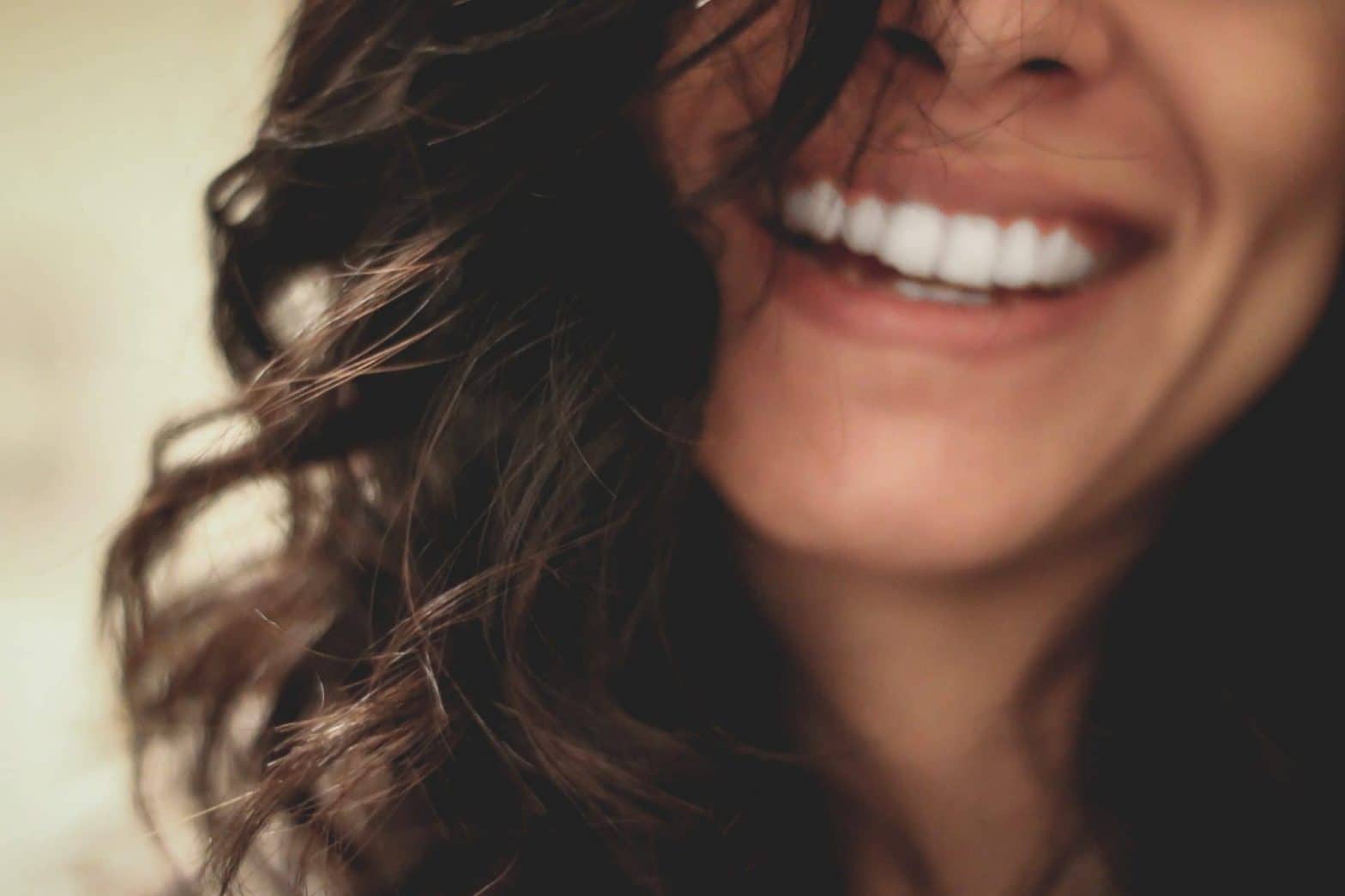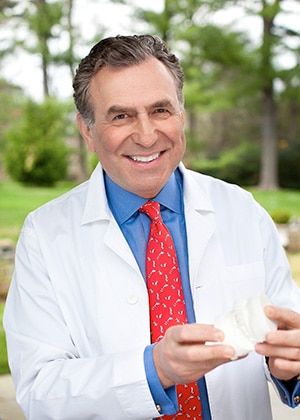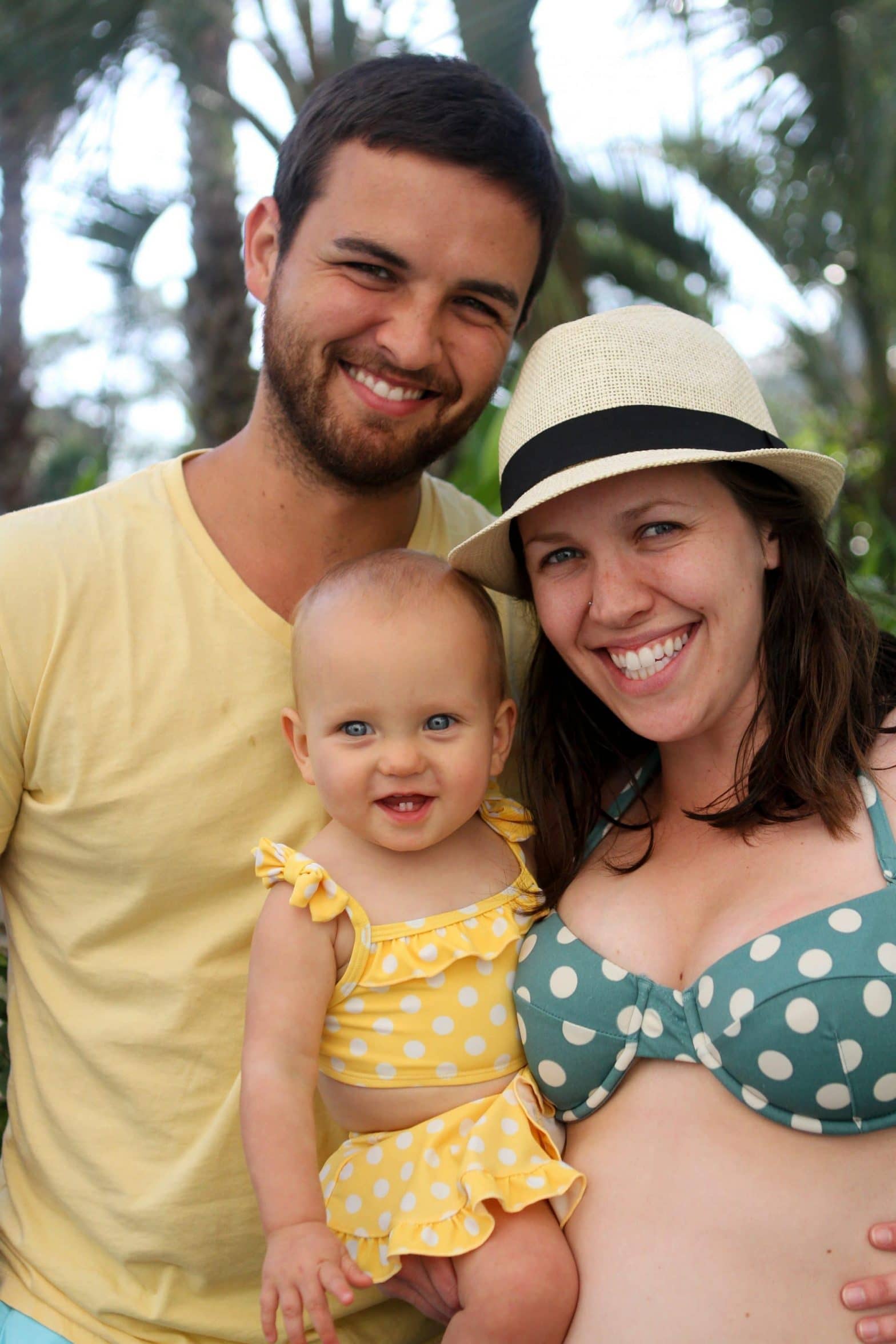Have you ever wondered why we need to visit the dentist every six months to keep our teeth from falling out? Before dentistry was studied, our ancestors managed. Why, then, do we continue to spend our hard-earned cash on professional cleaning and maintenance?
Our ancestors depended on their teeth for survival. Back then, humankind didn’t have access to smoothies and food processors. Strong teeth were required to chew meat. And somehow, we managed to maintain them without professional assistance. In fact, we kept our teeth intact without so much as a toothbrush.
What changed? The rate of decay. The concept of tooth decay is relatively new. Until the rise of agriculture nearly 10,000 years ago, the human race showed little (if any) signs of serious decay, even without toothbrushes, toothpaste, and dentistry.
When cavities became common in the 1600s, they were considered an endemic. By the 1950s, they were an epidemic. This didn’t happen because we stopped caring for our teeth. It happened because our bodies changed.
Why, then, can’t we use a paleo diet to fight back? Surely if we eat only what our ancestors ate, our teeth will improve!
Here are six things you need to understand about how the paleo diet affects dental hygiene.
The “Mismatch” Phenomenon
At some point in history, farming became more popular than hunting or gathering. Tooth decay is the result of a “mismatch” – the difference between what we’re eating and what our bodies expect us to eat.
Modern tooth-related diseases stem from this mismatch, as outlined by biologist Dan Lieberman. Our teeth are prepared to handle the environment we had. They aren’t prepared to handle discoveries like farming, processed food, and sugar.
For our ancestors, sugar was considered a rare treat. It was found in fruits, rather than brownies or cupcakes. Now, we eat heavily processed foods that take little energy to chew.
Imagine the smoothies, pasta, and bread you consume on a regular basis. Are these anything like the fibrous vegetables and tough meats our ancestors enjoyed?
Bacteria Changes
You might think, based on this phenomenon, that investing in the paleo diet will result in healthier teeth. The diet does, after all, only include foods that were available to our paleolithic ancestors.
Unfortunately, it isn’t that simple.
After our bodies began to change and adapt to our new environment, new generations of children were born. Because we’ve been overfeeding a single species of bacteria for so many years, the whole biodiversity of our mouths has changed.
The bacteria in question is called streptococcus mutans – and it started growing exponentially when agriculture was born. While we have both good and bad bacteria living in our body, this bacteria is bad. It causes cavities and can be overfed by modern, processed foods.
Because our mouth has become a wonderful home for streptococcus mutans, we have less diversity in our oral bacteria populations. Less diversity means bigger problems, thus the need for professional dentistry. The paleo diet alone won’t be enough to turn the tide. You’re fighting against evolution itself.
The Oral Connection
Did you know that mouth disease can affect the rest of your body? Our mouth is connected to all of our vital organs, creating an ecosystem that shouldn’t be disturbed.
By changing our environment so rapidly, we disturbed the equilibrium. When bad bacteria dominates your mouth, your entire body may find itself ravaged by disease.
Engaging in the paleo diet can help keep your teeth, gums, and mouth far healthier than those of your processed-food-eating counterparts. But you’ll need professional assistance to guarantee long-lasting results.
The Bad Cop – Sugar
Whatever diet you choose, the ultimate problem will always be sugar. And it’s not just the amount of sugar you consume – it’s how often you eat it. Eating small amounts of sugar multiple times per day is actually worse than eating a large amount of sugar in one sitting.
But how?
It comes back down to bacteria. Harmful bacteria can often thrive on sugar. When you provide that sugar, a process begins. The sugar becomes stuck to your teeth, the bacteria grow from your teeth, and acid is produced exactly where it can damage your health the most.
This acid will attack the protective enamel on your teeth. Your body, however, can defend itself with saliva, which is naturally rich in healthy minerals that repair damage. As long as bacteria acid only damages enamel, it can be repaired.
But when you don’t give your body a chance to repair the damage before eating more sugar, the acid will eventually reach your teeth. And that’s where cavities, tooth decay, and even larger problems come into play.
The paleo diet is light on sugar, helping to prevent this particular problem.
The Good Cop – Vitamins and Minerals
To give your mouth an extra boost against bad bacteria, focus on healthy vitamins and minerals. Calcium, for example, can lead to healthy bones and stronger teeth.
You can also focus on fat-soluble vitamins like A, D, E, and K2. Recent studies have shown that mothers who take high amounts of Vitamin D during their pregnancy will have children with a lower risk for developing cavities.
The Paleo Diet Improvement
More than three million people are turning from processed food to meat and vegetables, favoring the paleo diet to keep their teeth and body healthy.
The good news? Diets low in carbohydrates and sugar ultimately lead to less plaque and fewer cavities. You’ll feel better, eat better, and be more alert.
The bad news? A high-protein diet can kick certain bacteria into overdrive, leading to powerfully bad breath. You’ll need to brush often, flood hard, and stay hydrated to avoid negative side effects. You’ll also need to watch your calcium intake, as many paleo dieters experience a rapid calcium decrease in their first year without dairy.
In truth, no one can completely control their teeth. Genetic variations, frequency of dentist visits, and diet can make a drastic difference. Still, it takes all three of these components to build a successful cleaning strategy.
Contact Linhart Dentistry to Learn More
At Linhart Dentistry, we offer comprehensive restorative and cosmetic services for people of all backgrounds. Contact our experienced team to schedule an appointment if you’re in Manhattan, NYC!
Dr. Jan Linhart has been practicing the art and science of dentistry since 1980 and provides the finest quality dental care available today. Although he focuses on Cosmetic and Restorative Dentistry, he still offers an exceptional, full service dental practice. He is, perhaps, best acknowledged for his ability to promote proper dental care and hygiene by allaying patients’ dental-related fears and anxieties. “Our equipment is definitely high tech,” explains Dr. Linhart, “but our traditional approach is warm and friendly.” He describes it as advanced technology with a personality.
Dr. Linhart attributes his ability to establish sympathetic doctor/patient relationships to values he learned from his father, who was a well-respected dermatologist in Prague, Czech Republic. Dr. Ernest Linhart, MD was disciplined in the time-honored tradition of providing patients with both care and compassion, qualities he instilled in his son.
Dr. Linhart continues to pioneer innovative dental techniques and is resolute in his pursuit of state-of-the-art equipment for unparalleled care. These days, with so many new treatments and options available, there’s no reason to settle for an outdated, less convenient approach to dental care, Dr. Linhart notes. To this end, he is committed to offering the latest, most effective treatments possible for everything from a simple filling to complex root canals and full-smile makeovers. “More options, more comfort, more quality of care; these are our goals” sums up Dr. Linhart.









